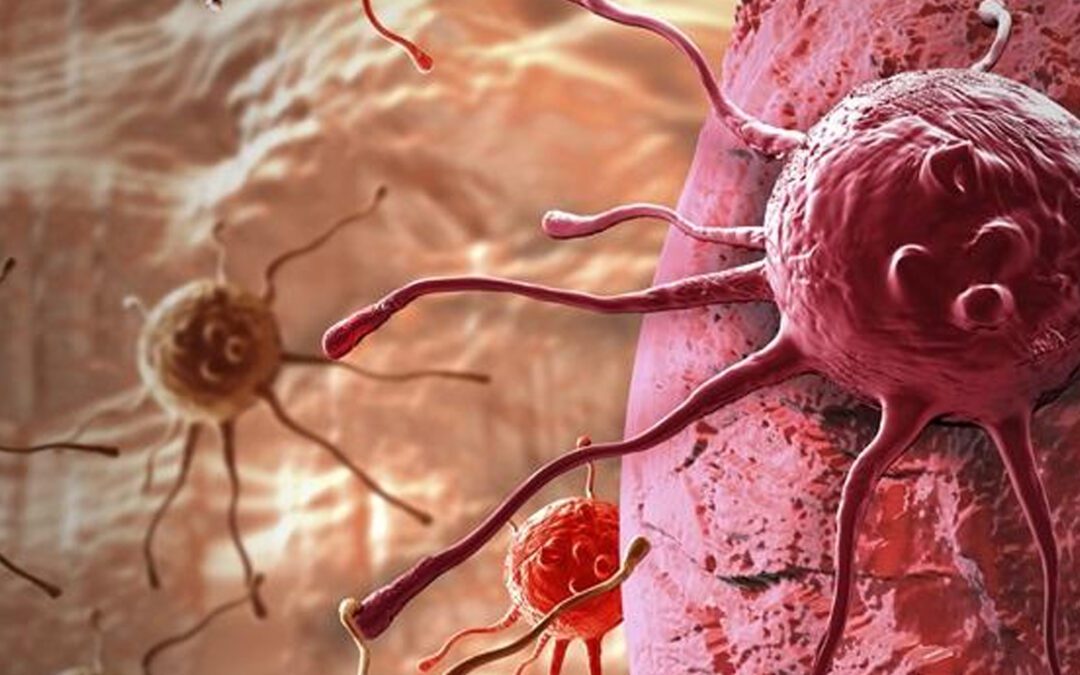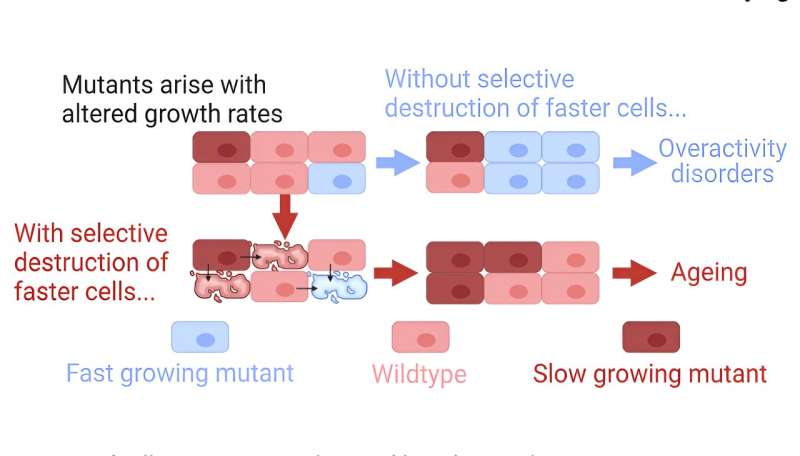Reviewed by Emily Henderson, B.Sc – News-medical.net
A new study led by Claus M. Azzalin, group leader at Instituto de Medicina Molecular João Lobo Antunes- iMM and published today in the prestigious scientific journal Proceedings of the National Academy of Sciences (PNAS) shows, for the first time, that the cell’s anti-aging structures – the telomeres – can set the damage threshold a cancer cell can sustain and above which cells cannot continue to divide and die. These results open new possibilities for cancer therapeutics.
Telomeres are the ends of chromosomes that keep shortening at each cell division, functioning as a cell aging clock. The majority of cancer cells are able to stop this aging clock through the action of telomerase, a molecule that counteracts the shortening of chromosome ends. But approximately 10% of the human tumors are made of a type of cancer cells – ALT cells – that are able to maintain their telomeres without the action of telomerase and are particularly resistant to conventional chemotherapies. ALT cells are able to keep controlled levels of DNA damage in their telomeres at each cell division, and this feature is required for their telomeres to be elongated, thus allowing them to divide indefinitely.




